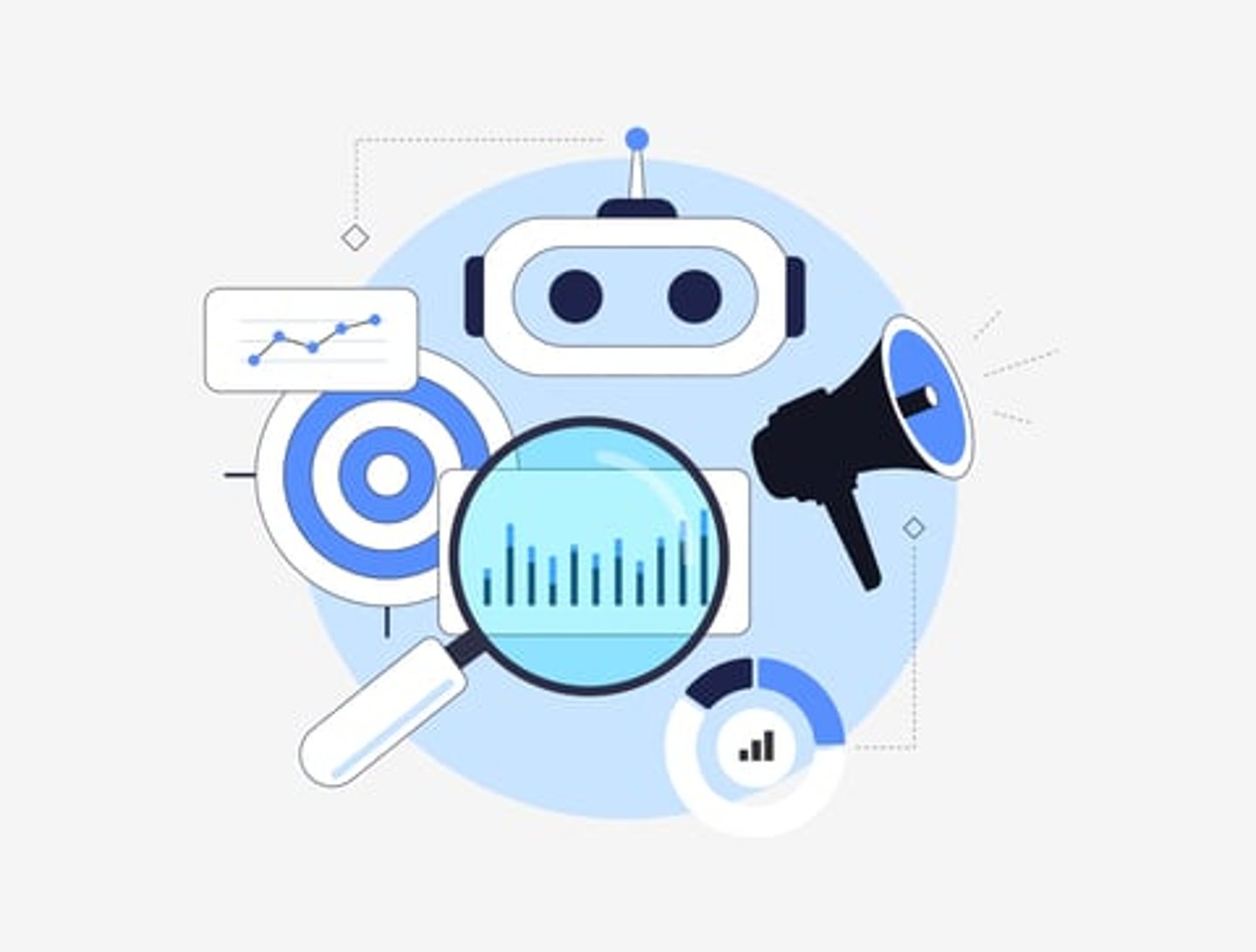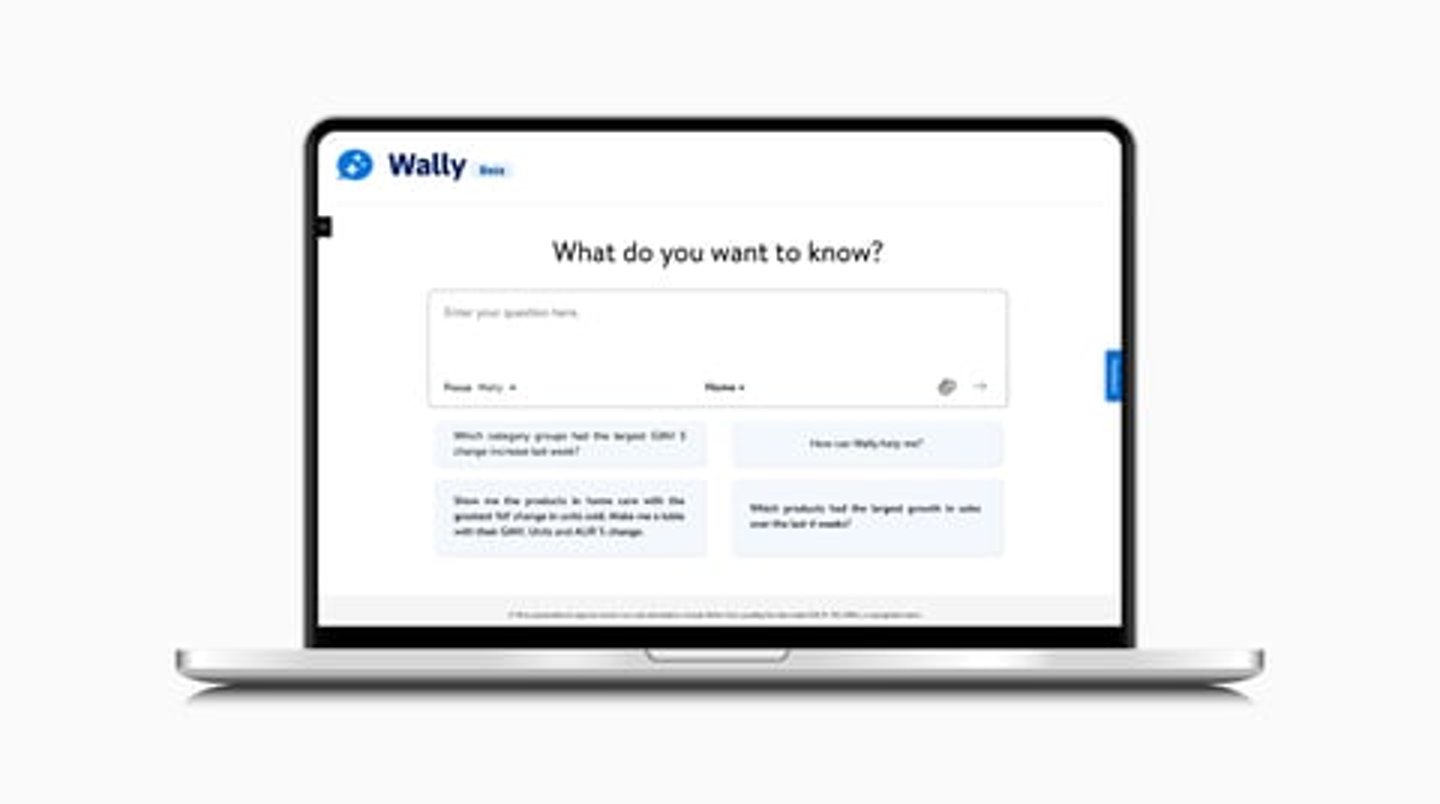3 Ways AI Will Bring Category Management Into a New Era
Category management was built on data, but traditionally, it’s been largely retrospective. For decades, the discipline has revolved around analyzing past performance to shape future assortment, pricing and merchandising strategies.
Now, artificial intelligence and real-time retail data are helping category management evolve from a retrospective process into a predictive discipline that unites brands and retailers around shared insights.
As AI usage matures, it’s changing how category teams plan, test and collaborate. According to McKinsey & Co., AI-enabled tools, such as the category agents, are already helping teams to automate routine analytical and procurement tasks, freeing managers to focus on higher-value strategic decisions.
Here are three ways AI is already reshaping how category management operates, and where it’s headed next.
1. Smarter Assortment and Shelf Design Through AI
AI is transforming how companies build and manage assortments. Kearney’s analysis of AI portfolio optimization shows how CPG companies are using AI to identify demand spaces, strongholds and growth opportunities, as well as eliminate duplication and design assortments that reflect hyper-local preferences, store formats and evolving purchasing behaviors.
AI can evaluate product performance across multiple dimensions — such as sales velocity, profitability and potential brand cannibalization or dilution risk — and recommend optimal SKU mixes per store cluster.
These capabilities extend into the physical shelf as well. Using computer vision and digital twin technologies, retailers can now monitor planogram execution in real time, automatically flagging compliance gaps or out-of-stocks. This data feeds back into predictive models that help fine-tune future resets.
Related: Learn about the strategies that can drive collaborative category management
Examples: Nature Fresh Farms partnered with Storesight to capture real-time photos of shelves and promotions across major U.S. retailers, feeding that visual data into their trade marketing and sales systems. The AI-enabled analysis identifies pricing inconsistencies, display issues and shelf allocation opportunities that directly inform assortment and planogram adjustments. By integrating these insights with Circana data, Nature Fresh has built a feedback loop that's reportedly enabling faster resets, better shelf compliance and stronger retailer relationships.
Walmart is embedding AI across store operations, using digital twin simulations, computer vision, RFID tagging and its internal analytics platform Wally to monitor inventory, planogram compliance and product flow in real time. This improves assortment and makes shelves more responsive and continuously learning, giving both Walmart and suppliers shared visibility into what’s selling.
Takeaway: The result of this is a more responsive, continuously learning shelf that enables brands and retailers to co-create assortments with shared visibility into what’s working.
2. Predictive Analytics Replaces Retrospective Planning
Category management has long relied on postmortem reporting — reviewing what worked in the last planogram or promotion to decide what to try next.
Today, AI is helping retailers and suppliers forecast demand and shopper behavior before it happens, enabling more proactive and precise decisions.
According to a recent study from Kantar, CPGs are increasingly using AI to improve forecasting accuracy, identify emerging category trends earlier and monitor shopper behavior more effectively. Kearney research also points to AI’s growing role in revenue growth management (RGM), helping companies model demand elasticity, monitor competitor prices and market fluctuations, and adjust pricing or pack strategies in near real time.
Example: Coty has been applying AI to optimize demand planning and trade forecasting, reducing inventory imbalances while keeping shelves stocked.
What’s changing is not only the speed of insights, but their predictive power. AI can now blend multiple data sources — such as POS, loyalty, weather, social, macroeconomic indicators and competitive information — to generate dynamic forecasts that reflect local and seasonal nuances.
Takeaway: For category managers, this means spending less time extracting data and more time shaping strategy. This could enable organizations to pursue cost-saving initiatives, build a sustainable supply chain and derisk sourcing, thus preparing for potential disruptions, according to McKinsey.
3. Generative AI Powers Continuous Collaboration and Simulation
Generative AI is taking collaboration between brands and retailers to a new level. Beyond analysis and forecasting, AI tools can now simulate category, pricing and promotional scenarios for joint business planning.
Kearney also noted how generative models are enabling dynamic pricing simulations and innovation testing, allowing partners to model the impact of multiple levers before executing in the market. For example, some CPGs are testing multiple versions of promotional visuals and messaging to identify what resonates most with target segments and adjusting content in real time.
At the same time, Kantar’s research found that CPG leaders see generative AI as augmenting, not replacing, category talent, by helping teams synthesize insights faster, visualize opportunities and build stronger narratives around recommendations.
EY’s recent “Disruptive Optimism” report describes a shift toward “collaborate to compete,” with retailers and manufacturers using shared data and predictive intelligence to drive faster, more iterative decision-making. AI-powered dashboards and scenario tools help teams work together continuously, rather than only during annual planning cycles.
Example: Kellanova is using AI-powered predictive scoring to guide creative decisions across brands such as Pringles, Pop-Tarts and Cheez-It. By analyzing past campaigns, the AI identifies which creative elements drive performance, embedding insights directly into briefs, workflows and agency collaborations to create a continuous, data-driven feedback loop that balances art and science while improving ROI.
Takeaway: Ultimately, AI isn’t changing the goal of category management. It’s changing the tempo. Instead of static annual resets, category decisions are becoming fluid, continuous and responsive to shifting shopper dynamics.
The AI-Augmented Category Manager
As with other areas of the business, AI won’t replace category managers but will elevate them. By automating mechanical aspects of data analysis and reporting, AI can free experts to focus on interpretation, relationship-building and creative problem-solving.
For example, Kearney estimates that AI-enabled decisioning for promotions can boost gross profit by 2% to 5% per market while reducing time spent on analytics.
The next era of category management is expected to be predictive, participatory and powered by shared intelligence, with human judgment and machine learning combining to unlock new levels of growth across the aisle.
This was originally published on P2PI, a CGT sister publication.





